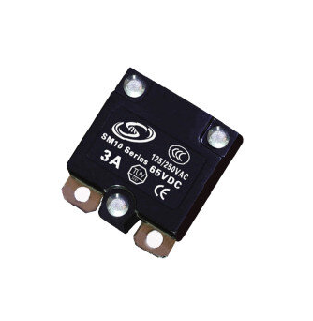Sealing Tape for Water Leaks A Comprehensive Guide
Water leaks can be a homeowner’s worst nightmare. They not only lead to structural damage but can also foster mold growth, compromising indoor air quality and leading to health issues. Fortunately, one of the simplest and most effective solutions to mitigate water leaks is the use of sealing tape. This article will delve into the various types of sealing tape available, their applications, benefits, and tips for effective use.
Understanding Sealing Tapes
Sealing tapes are specially designed adhesive strips that form a barrier against moisture. They come in various types, each serving different purposes. The most common types include
1. Energy-efficient Tapes Often used for weather stripping, these tapes help in sealing gaps around windows and doors, preventing water from seeping in during heavy rain or storms. 2. Butyl Rubber Tapes Renowned for their strong adhesive properties, butyl rubber tapes are excellent for waterproofing applications. They remain flexible over time and are resistant to a range of weather conditions.
3. Silicone Tapes These are ideal for emergency repairs. Silicone tapes can stretch and adhere to a variety of surfaces, making them suitable for temporary fixes on hoses, pipes, and gutters.
4. PVC Tapes These are commonly used in plumbing applications. PVC tapes can resist various chemicals and are often used to seal joints and leaks in pipes.
Advantages of Using Sealing Tape
1. Ease of Use Most sealing tapes come pre-cut and are easy to apply. Simply clean the surface, peel off the backing, and stick the tape over the leak. No specialized tools or skills are needed.
2. Cost-Effectiveness Compared to hiring a professional for leak repairs, sealing tape is a budget-friendly option. A roll of sealing tape can save you thousands in potential water damage repairs.
sealing tape for water leaks

3. Versatility Sealing tapes can be used on a wide range of materials, including metal, plastic, rubber, and glass. This versatility makes them suitable for both indoor and outdoor applications.
4. Quick Fixes When a water leak occurs, time is of the essence. Sealing tape allows for quick repairs, reducing the risk of further damage while more permanent solutions are arranged.
Application Tips
When using sealing tape for water leaks, consider the following tips to ensure maximum effectiveness
1. Surface Preparation Before applying the tape, ensure the surface is clean and dry. Remove any dirt, paint, or grime that could prevent the tape from adhering properly.
2. Choose the Right Tape Depending on the location and nature of the leak, select the appropriate type of sealing tape. For instance, butyl rubber tape is ideal for a swimming pool, while silicone tape works well for hoses.
3. Apply with Pressure Once applied, press down firmly on the tape to eliminate any air bubbles and ensure a tight seal. The strength and longevity of the bond will improve with adequate pressure.
4. Monitor for Maintenance After application, keep an eye on the sealed area. Over time, tape can wear out or lose adhesion, especially in extreme weather conditions, necessitating timely replacements.
Conclusion
Sealing tape for water leaks offers an efficient, cost-effective, and versatile solution for homeowners dealing with unwanted moisture. Whether it’s a small drip under the sink or an emergency leak in your roof, the right sealing tape can provide immediate relief and prevent severe damage. By understanding the different types of sealing tapes available and employing them correctly, you can protect your home from the perils of water leaks and maintain a safe and dry living environment.
-
XIANGFAN Rubber Tape-Ultimate Solutions for All Your Insulation NeedsNewsJun.24,2025
-
XIANGFAN Rubber Tape-Protection for Industrial and Residential ApplicationsNewsJun.24,2025
-
XIANGFAN Rubber Tape: Superior Safety and Sealing for Demanding EnvironmentsNewsJun.24,2025
-
XIANGFAN Rubber Tape: Reliable Solutions for Every Electrical ChallengeNewsJun.24,2025
-
XIANGFAN Electrical & Industrial Tape: Powering Reliability Across IndustriesNewsJun.24,2025
-
XIANGFAN Electrical & Industrial Tape: Excellence in Every ApplicationNewsJun.24,2025
